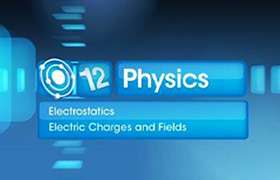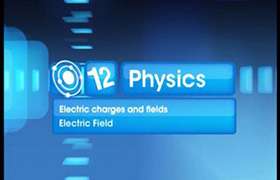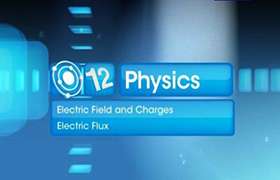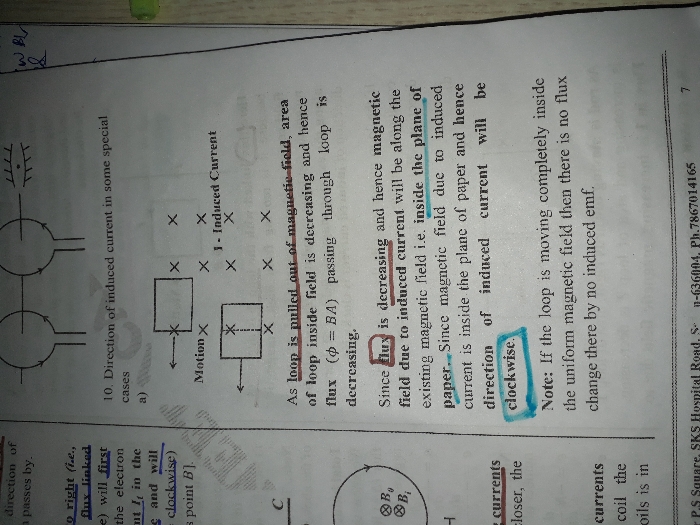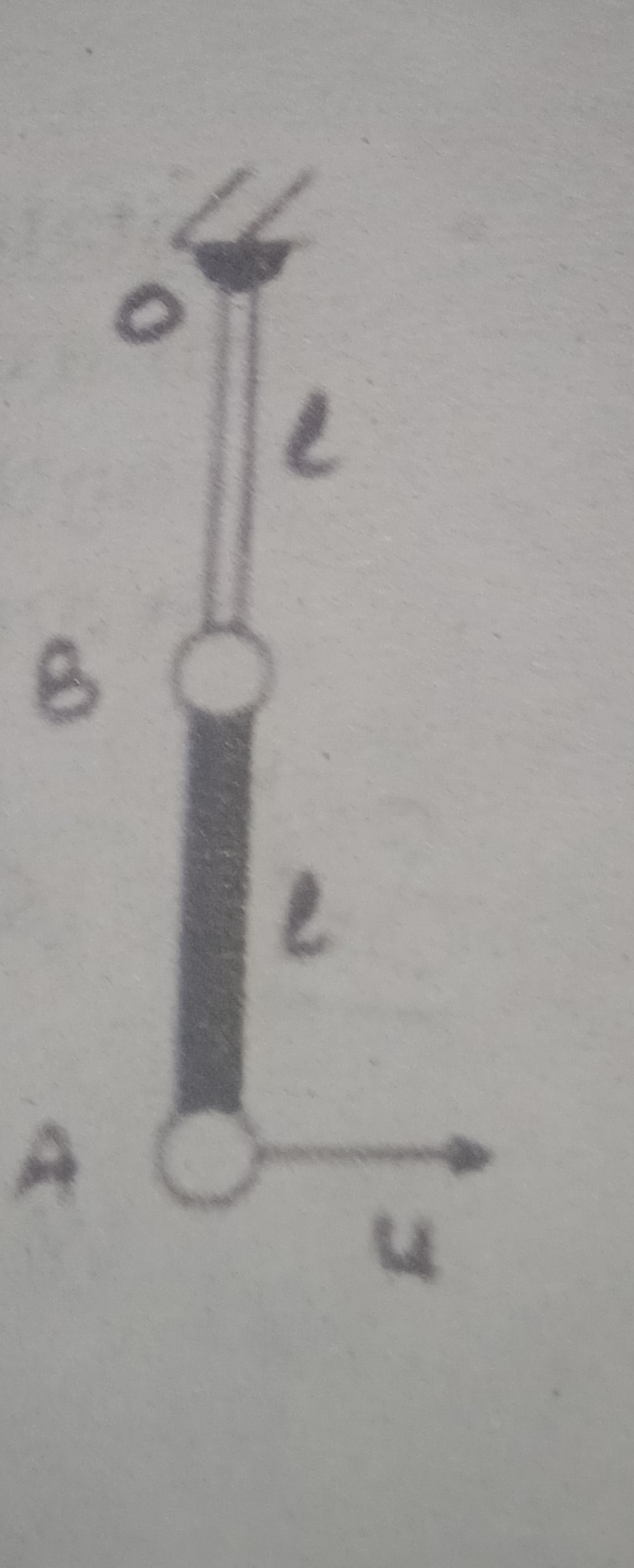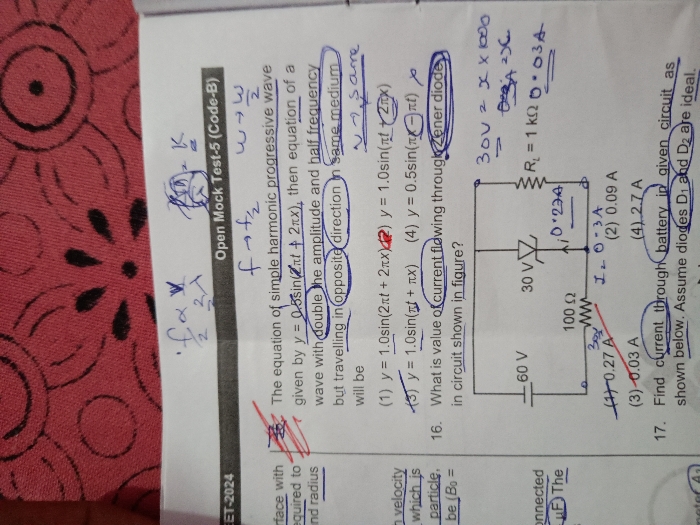CBSE Class 12-science Answered
Pl ans

Asked by jain.pradeep | 18 Feb, 2020, 08:20: PM
As shown in figure a battery of EMF E is connected a parallel plate capacitor of capacitance C through a resistance R.
Resistance R may be a connected resistance to control the current or resistance due to connecting wire.
if i is the charging current at an instant t, and q is the charge on the capacitor plates at same instant t
then we have , E = i R + ( q/C )
if we substitute i = dq/dt in above equation, we get , E = R (dq/dt) + (q/C) ..................(1)
Above equation can be re arranged as  ......................(2)
......................(2)
 ......................(2)
......................(2)Using the initial condition at t = 0, q = 0 and by integration we get the final charge Q on capacitor as
Q = EC [ 1 - e-t/(RC) ] ..................(3)
where RC is called as time constant of the charging circuit
--------------------------------------
when a capacitor of capacitance C is charged by a potential difference V, then charge Q = CV
Capacitance C of air filled parallel plate capacitor is given by, C = [ εo A ] /d
where A is area of plates , d is the separation distance between plates and εo is the permittivity of free space .
After disconnecting the potential difference, If dielectric material of dielectric constant k is introduced between parallel plates
and the separation distance d is doubled then
changed capacitance C' = k [ εo A ] / (2d) = (k/2) C
After disconnecting the potential difference which is the source of charging the capacitor, Charge Q will remain same and capacitance is changed due to chane in distance and presence of dieclectric material.
Hence potential difference V' between parallel plates is given by
V' = Q/C' = (2/k) Q/C = (2/k) V
Answered by Thiyagarajan K | 19 Feb, 2020, 10:32: AM
Concept Videos
CBSE 12-science - Physics
Asked by talulu | 01 May, 2024, 05:14: PM
CBSE 12-science - Physics
Asked by kanishkg511 | 30 Apr, 2024, 07:25: PM
CBSE 12-science - Physics
Asked by sahoobanita89 | 30 Apr, 2024, 05:10: AM
CBSE 12-science - Physics
Asked by divakar.9124 | 27 Apr, 2024, 10:42: PM
CBSE 12-science - Physics
Asked by panneer1766 | 24 Apr, 2024, 01:52: PM
CBSE 12-science - Physics
Asked by artabandhusahu85 | 24 Apr, 2024, 12:07: PM
CBSE 12-science - Physics
Asked by niharvijayvargiya5 | 23 Apr, 2024, 06:40: PM
CBSE 12-science - Physics
Asked by kulhariabhijeet | 21 Apr, 2024, 02:39: PM
CBSE 12-science - Physics
Asked by mohapatraswetalina88 | 21 Apr, 2024, 12:18: PM
CBSE 12-science - Physics
Asked by aishaisha091098 | 19 Apr, 2024, 04:54: PM

